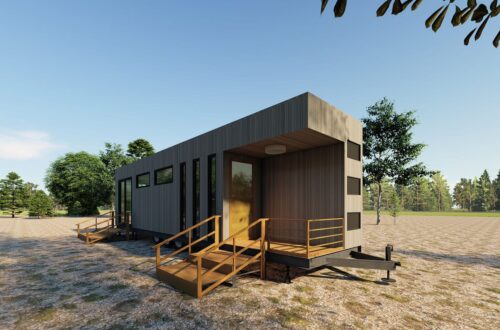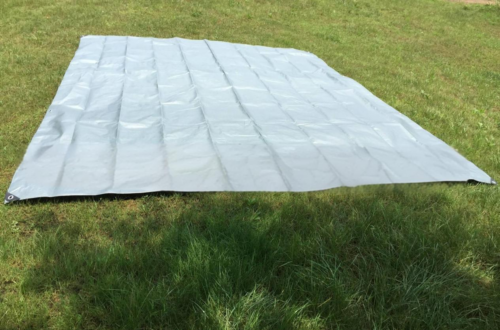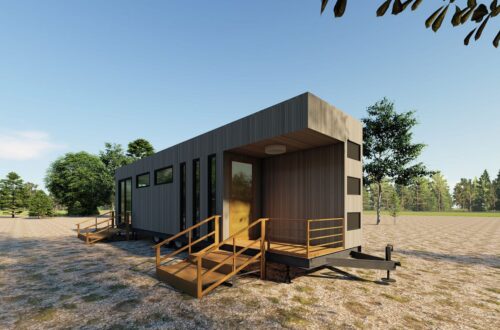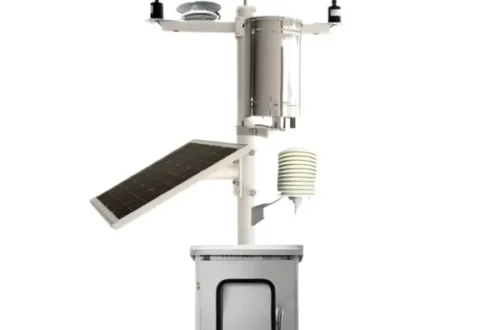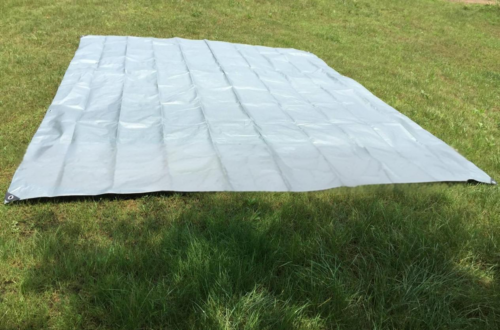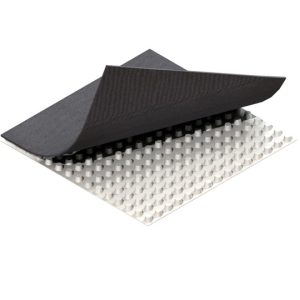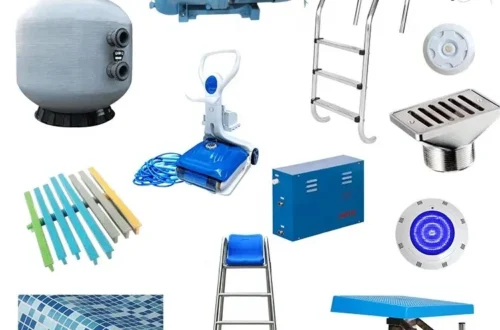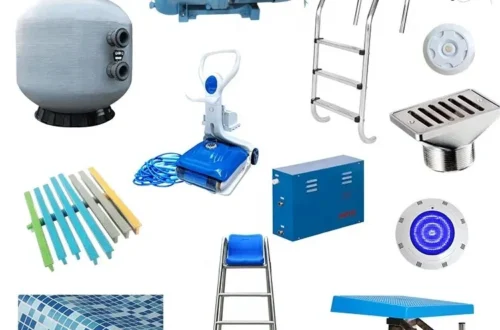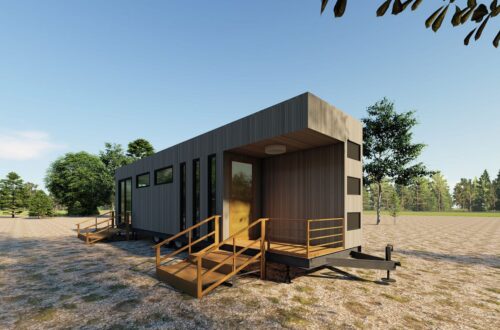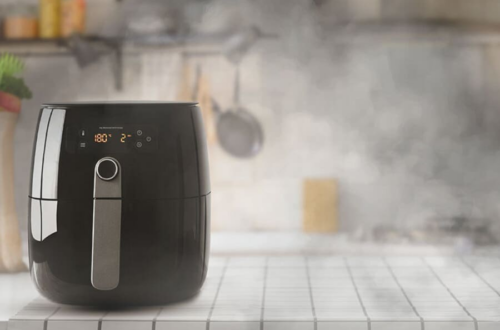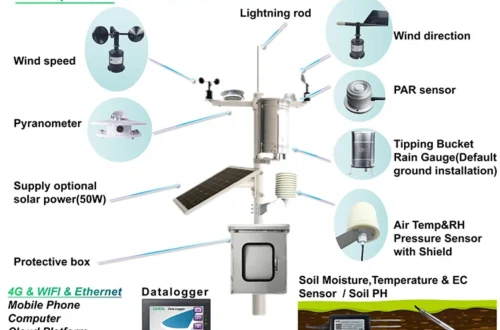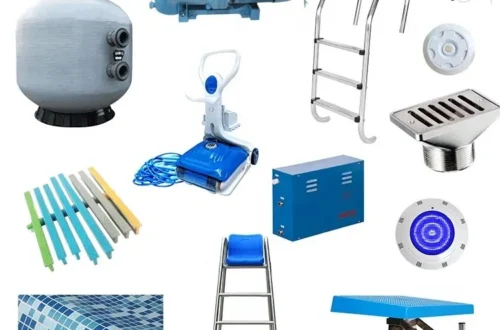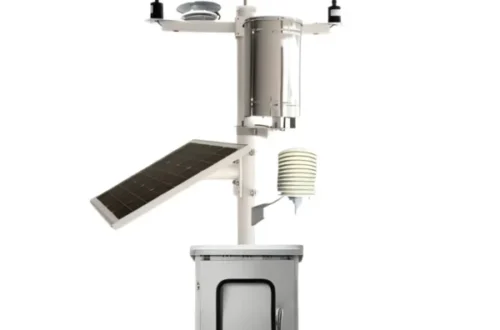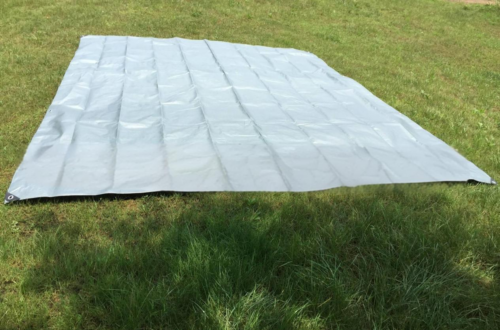-
The Rise of Micro-Series Streaming Platforms: Revolutionizing Digital Entertainment
The Rise of Micro-Series Streaming Platforms: Revolutionizing Digital Entertainment In today’s fast-paced digital landscape, audiences crave quick, engaging content that fits into their busy schedules. Enter the Micro-Series Streaming Platform, a game-changer in the entertainment industry. These platforms specialize in delivering bite-sized episodes, typically under 10 minutes, perfect for on-the-go viewing. Key Features and Benefits Micro-series platforms offer high-quality production, diverse genres, and interactive storytelling. They leverage algorithms to personalize content, ensuring viewers discover shows tailored to their preferences. With mobile optimization and offline viewing, accessibility is seamless. FAQs: Your Questions Answered What is a micro-series? A micro-series consists of short episodes designed for quick consumption, often focusing on concise…
-
How Do You Measure Dew Point? A Complete Guide
How Do You Measure Dew Point? A Complete Guide Dew point is a critical measurement in meteorology, HVAC, and industrial applications. Understanding how do you measure dew point helps predict condensation, prevent moisture damage, and ensure optimal environmental conditions. This guide covers everything from basic principles to advanced techniques. What Is Dew Point and Why It Matters Dew point represents the temperature at which air becomes saturated with moisture, leading to condensation. It’s a more accurate indicator of humidity than relative humidity, as it isn’t affected by temperature changes. Industries like agriculture, manufacturing, and HVAC rely on dew point data to avoid equipment corrosion, mold growth, and process inefficiencies. Methods…
-
Anemometer Application Trends: A Comprehensive Analysis
Anemometer Application Trends: A Comprehensive Analysis Anemometers, instruments for measuring wind speed and direction, are evolving rapidly with technological advancements. Understanding current anemometer application trend is essential for industries relying on accurate environmental data. Technological Integration Modern anemometers now integrate IoT and AI, enabling real-time data analytics and predictive maintenance. These innovations enhance usability across sectors like renewable energy and agriculture. Common Questions What industries benefit most from anemometers?Renewable energy, aviation, and construction utilize anemometers for safety and efficiency. How has wireless technology impacted usage?Wireless models allow remote monitoring, reducing manual checks and improving data accessibility. Future Outlook Expect increased adoption in smart cities and climate research, driven by demand…
-
The Future of Wind Measurement: Anemometer Application Trends in 2024
The Future of Wind Measurement: Anemometer Application Trends in 2024 Wind measurement technology is evolving rapidly, with anemometers playing a critical role across various industries. As we look toward 2024, several key trends are shaping their application and functionality. Emerging Industrial Uses Industries such as renewable energy, aviation, and agriculture are increasingly relying on advanced anemometers for precise data collection. These devices help optimize energy output, enhance flight safety, and improve crop management. Integration with IoT and AI Modern anemometers are now often integrated with IoT platforms and AI algorithms, allowing for real-time data analysis and predictive maintenance. This connectivity supports smarter decision-making and operational efficiency. For a deeper understanding…
-
What Tool Measures Wind Speed? A Comprehensive Guide
What Tool Measures Wind Speed? Wind speed measurement is crucial across numerous fields, from meteorology to renewable energy. The primary device used is an anemometer, a specialized tool designed to accurately gauge wind velocity and direction. Types of Anemometers There are several types of anemometers, each suited for different applications. Cup anemometers are common for weather stations, while vane anemometers measure both speed and direction. Hot-wire and ultrasonic versions offer high precision for scientific research. Key Features and Applications Modern anemometers often include digital displays, data logging, and connectivity options. They are essential in aviation, marine navigation, construction safety, and environmental monitoring. For reliable measurements, consider factors like range, accuracy,…
-
How to Measure Wind Speed: Top Instruments and Techniques
How to Measure Wind Speed: Top Instruments and Techniques Whether you’re a weather enthusiast, a sailor, or an engineer, knowing how to accurately measure wind speed is essential. From traditional tools to modern digital devices, various instruments can help you capture precise wind data. Anemometers: The Go-To Wind Measurement Tool Anemometers are the most common devices used to measure wind speed instrument. Cup, vane, and hot-wire anemometers each offer unique benefits depending on your application. Cup anemometers are ideal for meteorological stations, while hot-wire types excel in laboratory settings. Ultrasonic and Laser Doppler Anemometers For high-precision requirements, ultrasonic and laser Doppler variants provide contactless measurement, reducing mechanical wear and improving…
-
How to Measure Wind Speed: The Ultimate Guide to Instruments and Techniques
How to Measure Wind Speed: The Ultimate Guide to Instruments and Techniques Whether you’re a weather enthusiast, a sailor, or a professional in meteorology, knowing how to accurately measure wind speed is crucial. Wind speed measurement helps in predicting weather patterns, ensuring safety in aviation and marine activities, and optimizing renewable energy systems. In this guide, we’ll explore the top instruments and techniques for measuring wind speed, ensuring you have the knowledge to choose the right tool for your needs. Anemometers: The Go-To Instrument Anemometers are the most common devices used to measure wind speed instrument. They come in various types, including cup, vane, hot-wire, and ultrasonic anemometers. Each type…
-
GRL Busbar: Key Applications and Benefits in Modern Electrical Systems
GRL Busbar: Key Applications and Benefits in Modern Electrical Systems Modern electrical systems demand efficiency, reliability, and compact design. The grl busbar stands out as a critical component, replacing traditional wiring with a robust conductive bar. This innovation supports higher current capacity and reduces energy loss, making it indispensable across industries. Core Advantages of GRL Busbar Systems GRL busbars offer superior electrical distribution, minimizing voltage drop and enhancing safety. Their modular design allows easy installation and scalability, ideal for data centers and industrial plants. With excellent heat dissipation, they ensure stable performance under high loads. Frequently Asked Questions What industries benefit most from GRL busbars? Renewable energy, manufacturing, and telecommunications…
-
GRL Busbar: Key Applications and Benefits in Modern Electrical Systems
GRL Busbar: Key Applications and Benefits in Modern Electrical Systems Modern electrical systems demand efficient power distribution solutions, and grl busbar technology stands at the forefront. These innovative components replace traditional wiring, offering superior conductivity and space-saving designs. Industries worldwide are adopting GRL busbars to enhance reliability and reduce operational costs. Core Advantages of GRL Busbar Systems GRL busbars provide exceptional electrical performance with minimized energy loss. Their robust construction ensures longevity, even in high-load environments. Key benefits include improved safety through reduced overheating risks and streamlined maintenance. Additionally, their modular design allows for easy scalability in expanding facilities. Industrial Applications and Use Cases From manufacturing plants to data centers,…
-
The Rise of Short Dramas: Captivating Audiences in Minutes
The Rise of Short Dramas: Captivating Audiences in Minutes In today’s fast-paced digital landscape, Short Dramas have emerged as a revolutionary form of entertainment. These bite-sized narratives, typically lasting just a few minutes, are designed to deliver powerful stories that resonate instantly with viewers. With platforms like TikTok and YouTube Shorts driving their popularity, Short Dramas are redefining how audiences consume content. Why Short Dramas Are Trending The appeal lies in their concise format, making them perfect for mobile viewing and busy schedules. They often feature relatable themes—romance, suspense, or comedy—packed into engaging snippets. This format not only captures attention quickly but also encourages social sharing, amplifying their reach. Key…
